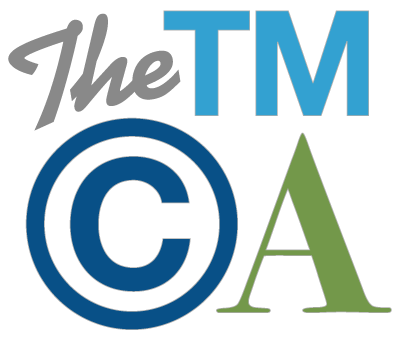Sound Marks in China
![]() A sound mark can be registered in China since May 1, 2014. According to a draft Standard of Examination issued by the Chinese Trademark Office, a sound mark can consist of a musical or non-musical sound, or a combination of both. Non-musical sound includes natural sound, human and animal voice.
A sound mark can be registered in China since May 1, 2014. According to a draft Standard of Examination issued by the Chinese Trademark Office, a sound mark can consist of a musical or non-musical sound, or a combination of both. Non-musical sound includes natural sound, human and animal voice.
The first sound mark application in China was filed by China Radio International on May 4, 2014. The sound sought to be registered is the opening music for one of its programs and consists of music and human voice. That mark was preliminarily approved on February 13, 2016 and registered on May 14, 2016. As at the end of October 2016, five sound marks have been successfully registered in China, all consisting of both musical and non-musical sounds, including the first sound mark “SOFY” filed by a foreign party Unicharm, a Japanese household and hygiene products company, which registered on August 21, 2016.
The Nokia ringtone was the first preliminarily approved application for a sound mark in China that consists of only musical sound. It will become a registered trademark in early January 2017 if the application is not opposed.
The first sound mark application that will be “heard” by the IP Court in China is “Di Di Di Di Di Di.” That tune is the notification sound for an incoming message in QQ, one of the most popular social networking apps of Chinese IT Giant Tencent. The Chinese Trademark Office rejected the application on the basis that the sound mark in question lacks distinctiveness because it consists of six simple “Di” sounds only. The PRC Trademark Review and Adjudication Board maintained that rejection.
According to the draft Standard of Examination, a sound mark shall meet the same examination requirements as visual marks. A few examples of non-registrable sounds are provided in the draft Standard, e.g., the national anthem of a country, religious music, dog barking or cat meowing for “pet breeding” services, baby laughter for “infant milk powder”, melody from classical music on “arrange and organize musical concert”. Until more guidance is available from the Chinese trademark authorities, applicants and trademark professionals will have to rely on their experience in prosecuting analogous applications as well as common sense in their efforts to secure a registration for a sound mark in China.







